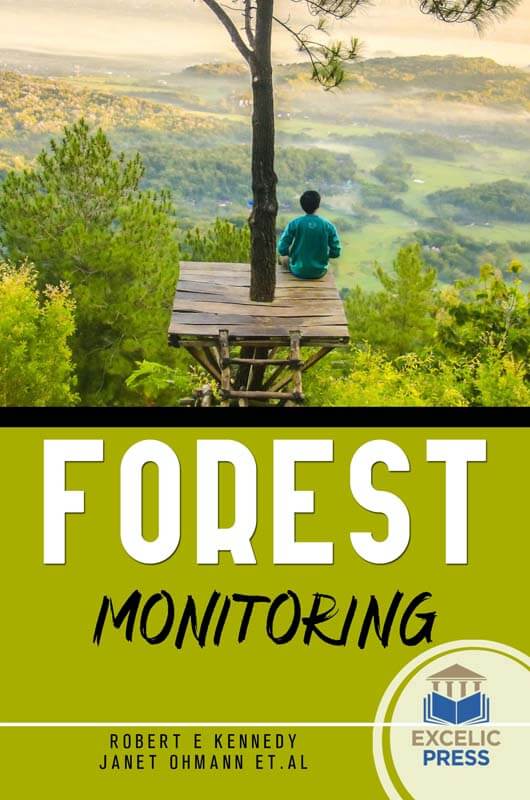Forests play a vital role in maintaining the Earth’s ecological balance. The conservation and sustainable use of forests and forest genetic resources (FGR) is a challenging task for scientists and foresters. Forest management practices can affect diversity on various levels: genetic, species, and ecosystem. Understanding past natural disturbance dynamics and their level of dependence on human disturbances and management practices are essential for the conservation and management of FGR, especially in the light of climate change. There is a clear need and mandate for forest cover monitoring, while the requirements thereof lack complementarily with existing forest monitoring.
This book provides state-of-the-art methods and techniques for forest monitoring at the global level.
The fate of live forest biomass is essentially controlled by growth and disturbance processes, each natural and phylogeny. Thus, biomass monitoring strategies must characterize both the biomass of the forests at a given point in time and the dynamic processes that change it. Here, we describe an empirical monitoring system designed to meet those needs. The maps of environmental systems with completely different thematic specialization permit to get data on the state of any environmental part and to characterize it for an explicit period and territorial confinedness. Mapping material for any specialization is one of the essential methods and ways of observations of processes in natural systems in time and space. The book provides some methodological aspects of ecological-geobotanical monitoring of forest use. The use of remote sensing for forest cover monitoring to highlight the changes caused by space-time is also explored. This monitoring might help managers to generate forest management plans and to moderate the speed of deforestation and degradation. It also critically highlights the community-based forest monitoring service.
Strategies and techniques of forest fire monitoring are also evaluated. The role of media as a social watch in forest management is demonstrated in current practices. In the following chapters, the book presents a global perspective approach on monitoring forest cover change and fragmentation using remote sensing and landscape metrics; Web GIS solution for monitoring the forest-cover in the Mekong Delta, Vietnam; the interplay between forest management practices, genetic monitoring, and other long-term monitoring systems; and long-term monitoring of Cork and Holm Oak stand productivity in Portugal with Landsat Imagery.
This book provides excellent coverage of the research and applications of forest monitoring to the students, scientists, researchers, and other stakeholders associated with the forestry.














1 review for Forest Monitoring
There are no reviews yet.